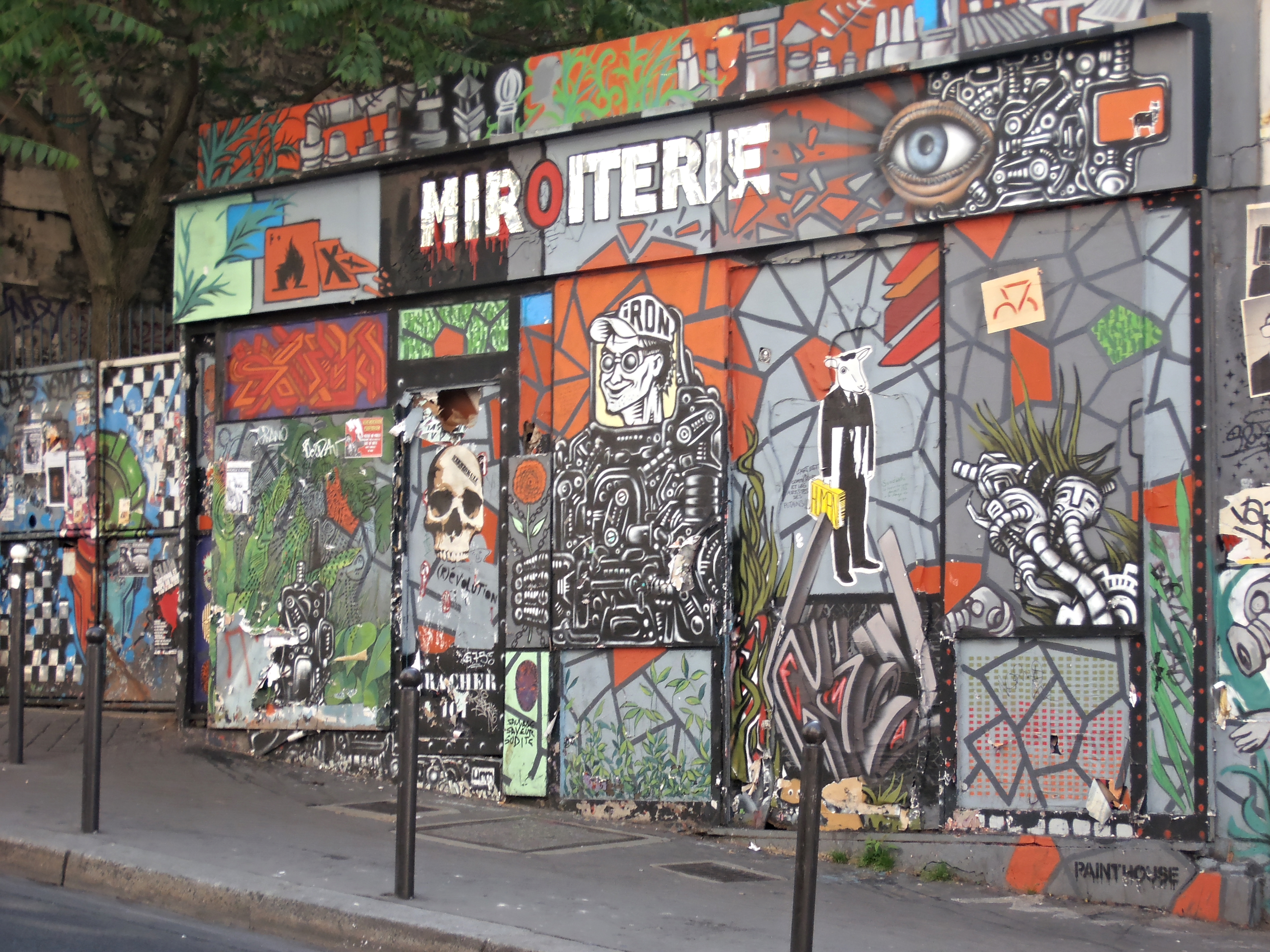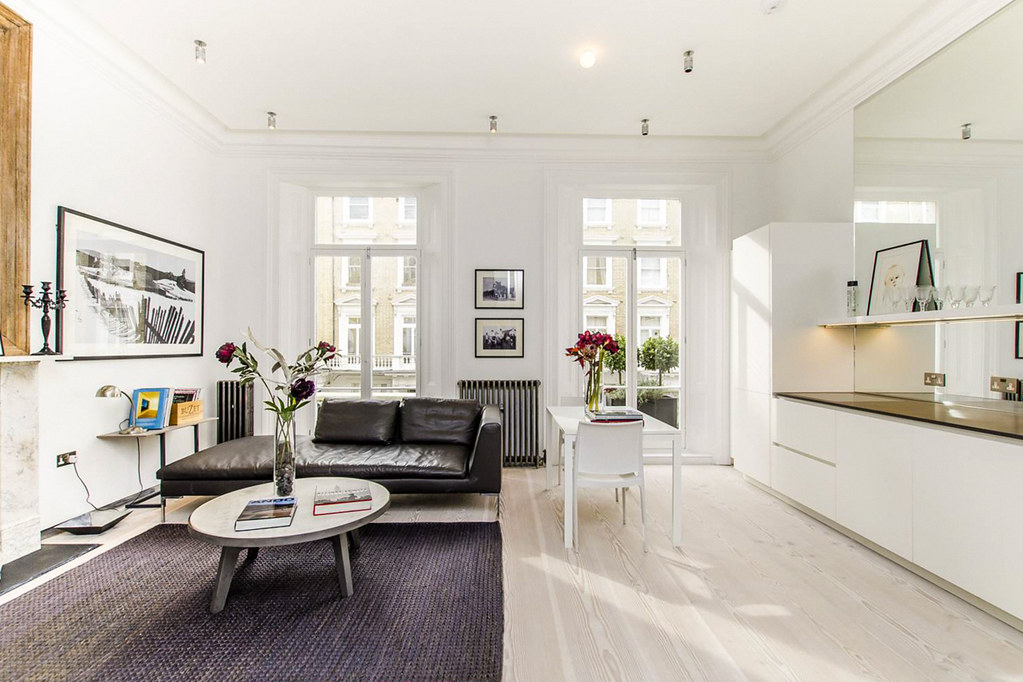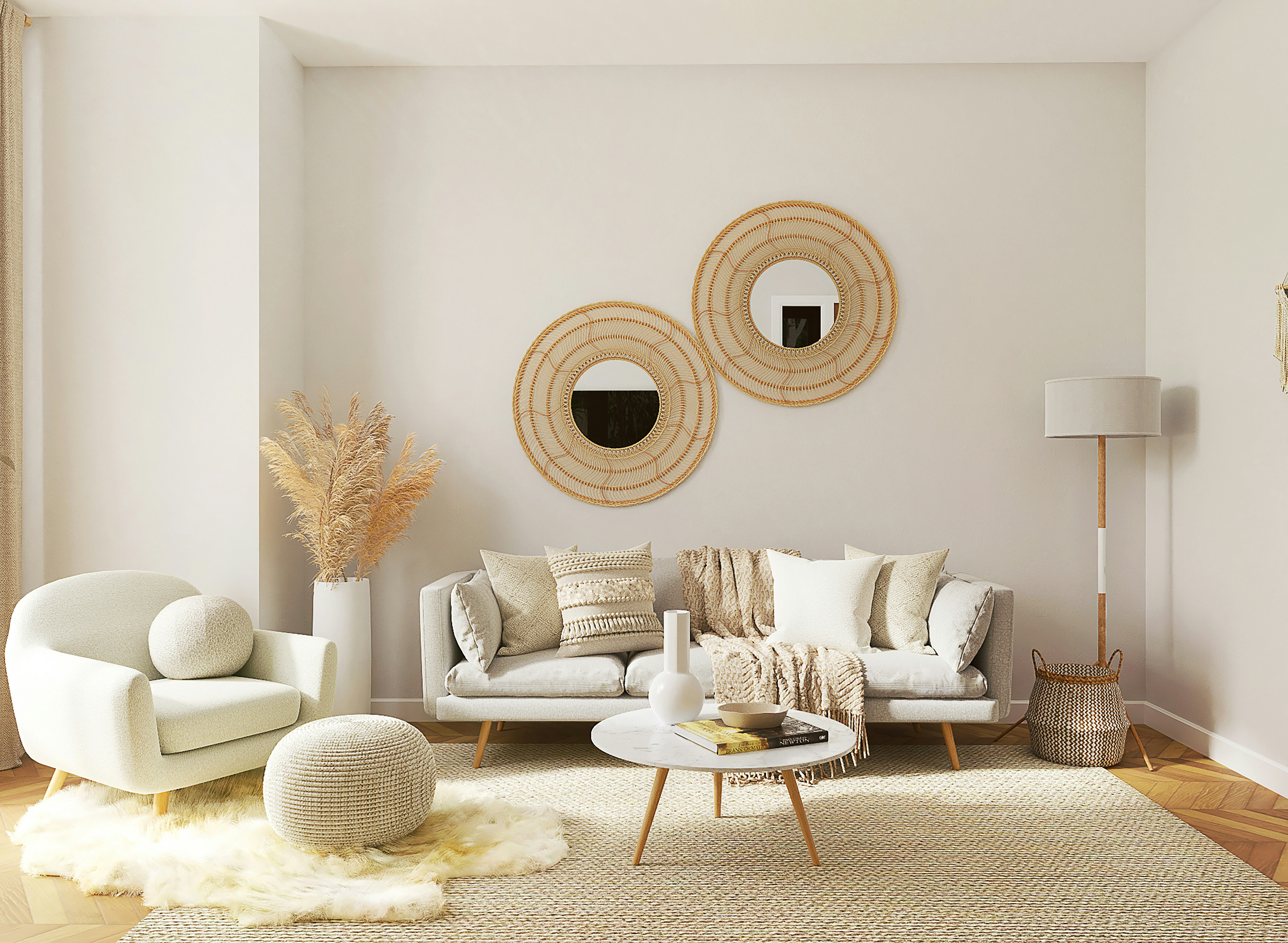Many people find themselves confused about the differences between apartments and flats when searching for properties, whether they’re buying a home or looking for student accommodation near universities. This common confusion can lead to mistakes when making important renting or purchasing decisions. By understanding the key distinctions between these two types of housing, you can make more informed choices that better suit your needs and save a lot. In this article, we will clarify exactly the differences between flats and apartments. Follow us and let’s move on.
What is a Flat?
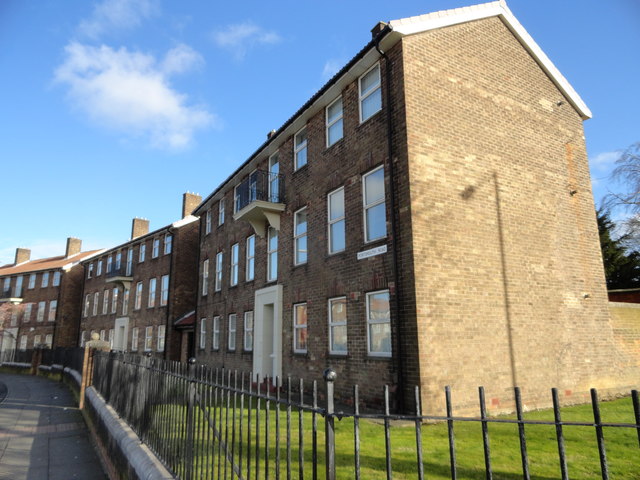
A flat in the UK refers to a self-contained dwelling unit, usually occupying a single floor in a multi-storey building. This self-contained living space offers a wide range of functional living areas, including living rooms, bathrooms, and kitchens, sharing common areas such as hallways and elevators with other units. A flat has many sizes, ranging from studios to multi-bed units, designed to be practical and suitable for different groups like a single person, a couple or a small family.
What is an Apartment?
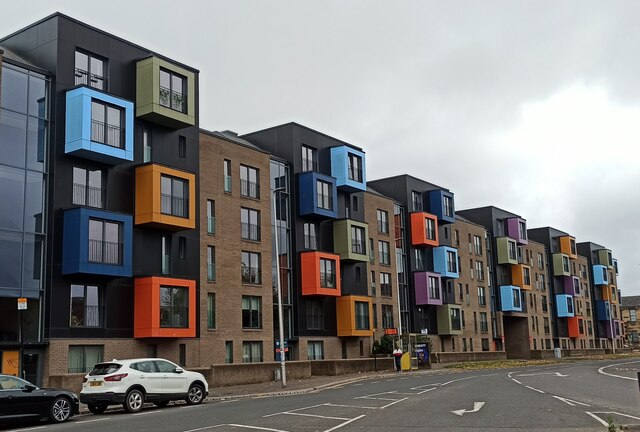
In the UK, an apartment implies a self-contained residential unit within a modern, high-end building. While structurally similar to traditional flats, apartments are typically found in newer developments and offer enhanced amenities such as gyms, concierge services and stylish communal spaces. These upscale features create a more convenient and comfortable living experience, making apartments the contemporary, luxury alternative to conventional flats.
Difference between Flat and Apartment
What is the difference between a flat and an apartment? It’s not enough to learn about the definitions of flats and apartments for those interested in renting or buying properties in the UK. The differences between a flat and an apartment also lie in features and amenities, design and lifestyle, types and costs, as well as pros and cons.
Features and Amenities
Flats mostly represent practical mid-range housing, commonly found in city centres or areas near universities, with amenities including bedrooms, kitchens and bathrooms, and some retaining original architectural features such as decorative fireplaces. The surrounding facilities are mainly meant to meet the basic needs of residents, such as the proximity to supermarkets, restaurants, pubs, and transport links. Some older flats may only provide basic services such as garbage disposal and public lighting.
Apartments, on the other hand, are generally modernised to meet the more diverse needs of urban residents. Especially in big cities such as London and Manchester, the apartments are more hotel-like, with 24-hour concierge, gym, shared office area, rooftop garden and other facilities. Some apartments even provide customised services such as valet parking and pet sitting
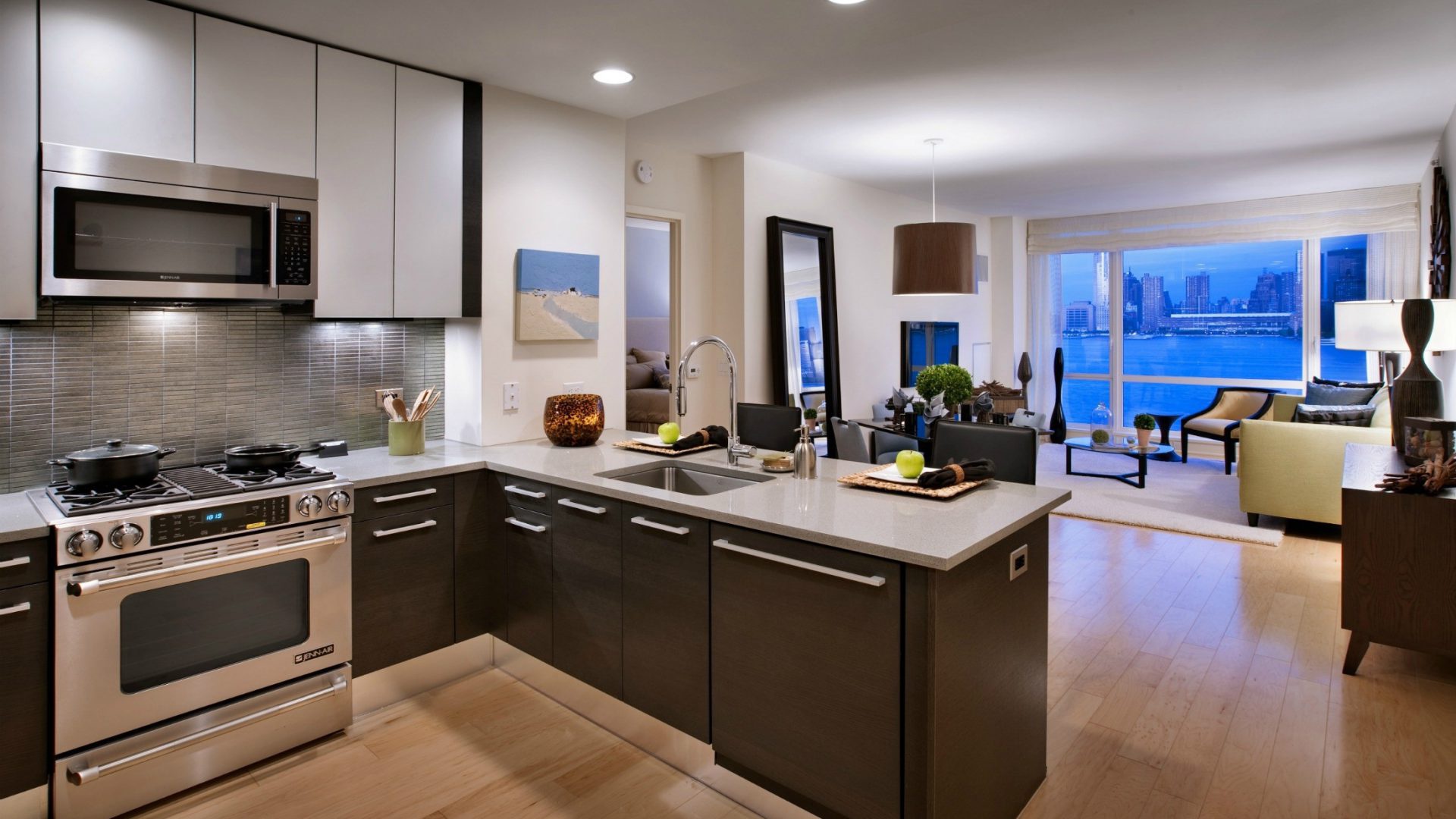
Design and Lifestyle
The design philosophy is one of the differences between UK flats and apartments, which caters to different lifestyle. Flats typically showcase classic British architectural heritage, featuring compact yet characterful layouts where residents often trade storage space for charming living areas. These properties foster strong community connections, with their traditional designs encouraging neighbourly interaction.
By contrast, apartments prioritise fluid living spaces flooded with natural light through floor-to-ceiling windows. Their sleek, minimalist aesthetics and efficient layouts particularly appeal to young professionals and graduates seeking a convenient, modern urban lifestyle. The “move-in ready” nature of apartments, complete with smart storage solutions and premium finishes, offers a hassle-free living experience tailored to the new generation.
Types and Costs
Both flats and apartments have different types with various rents. Below are the details.
| Type | Feature | Rent | |
|---|---|---|---|
| Flat | Converted flats | Historic building conversion, High ceilings, smaller windows | £1,800-£3,500 |
| Purpose-built flats | Typically suburban locations | £900-£1,500 | |
| Maisonette | Two storeys, a private entrance | £800-£1,800 | |
| Apartment | High-rise apartments | 40+ story contemporary towers | £3,500-£10k+ |
| Docklands apartments | Converted warehouse lofts | £2,800-£4,500 | |
| Garden apartments | Low-rise complexes (≤6 floors), Landscaped communal gardens | £2,000-£4,000 | |
| Hybrid Retro apartments | Historic facades with modern interiors | £2,500-£5,000 |
Pros and Cons: Differences between Flats and Apartments
Pros of a flat
- Affordable rent: Flats are generally cheaper than apartments, making them ideal for those on a limited budget.
- Friendly community: Flats are more compact than apartments, resulting in a stronger sense of community and social interaction.
- Flexible leases: Many flats, especially those managed by private landlords, offer shorter or more negotiable lease terms compared to corporate-owned apartments.
- Preserved historic features: Flats are preserved with some original furniture, like high ceilings, fireplaces, or stained-glass windows.
- Strategic urban locations: Flats are located in city centres or near public transport, convenient for traveling.
Cons of a flat
- Limited personal space: Flats typically have less space for storage or privacy than apartments.
- Noisy issue: Shared and thin walls of flat buildings may lead to disturbances from neighbours, traffic, or street noise.
- Security and maintenance issues: Some older flats may have weaker security and maintenance.
- Ageing facilities: Many flats have outdated amenities, such as wiring and appliances, which may not be convenient for daily life.
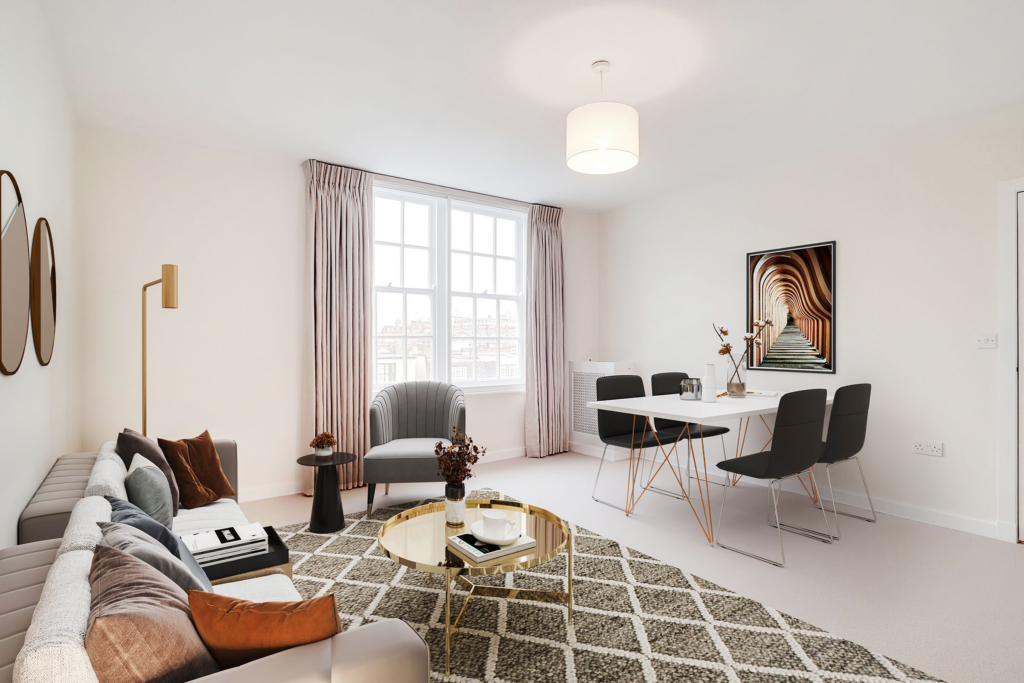
Pros of an apartment
- Luxury facilities: Apartments often include premium amenities like gyms and 24/7 security for a comfortable and convenient living experience.
- More privacy: Apartments often have soundproofed walls and private entrances, providing tenants with more privacy and personal space.
- Modern services: Apartments are newer than flats with updated amenities and humanised services for a hassle-free lifestyle.
Cons of an apartment
- High cost: With luxury amenities and high-end services, apartments require a higher cost to live in than flats.
- Limited outdoor space: Many apartments lack private gardens or balconies, offering little access to outdoor areas beyond shared communal spaces.
- Less individuality: Many apartment designs follow strict, uniform rules, limiting residents’ ability to personalise their spaces.
Considerations for Differences between Flats and Apartments
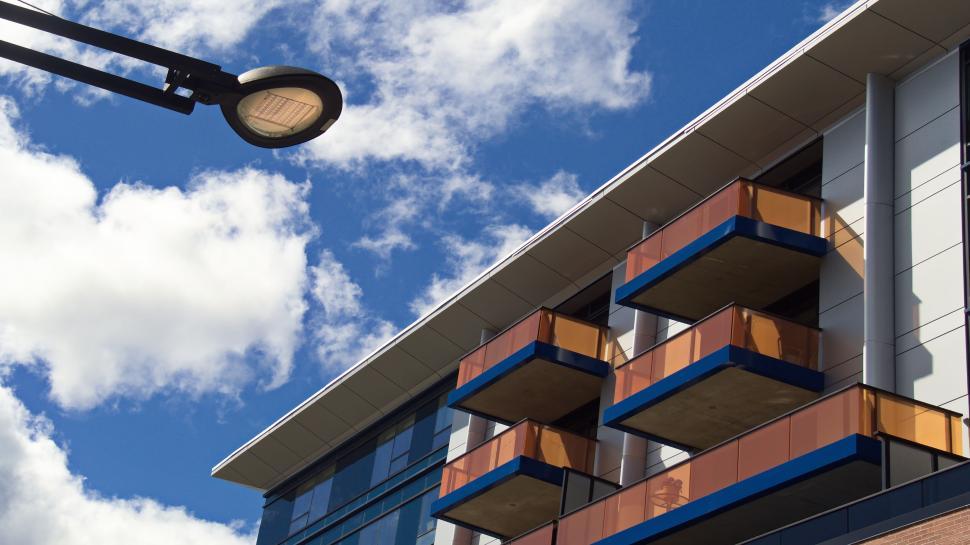
Understanding the differences between an apartment and a flat provides a crucial starting point for your property search. And your final decision can also be guided by the following key factors.
- Budget
Flats typically offer lower purchase prices and rents, though buyers should account for potential leasehold costs like ground rent and service charges, as well as possible renovation needs in older buildings. Apartments generally come with higher upfront costs due to premium amenities like gyms and concierge services, but additional fees for facilities such as pools or gardens can significantly increase ongoing expenses.
- Location
Flats typically offer residential charm in areas like Islington and Hampstead, though with potentially longer commutes, while apartments are usually located near business hubs such as Canary Wharf and Stratford, with excellent transport links but busier environments.
- Space & Layout
Flats typically feature separate rooms and traditional layouts that enhance privacy, while apartments usually offer open-plan designs that maximise natural light, though with potentially less soundproofing.
- Amenities & Services
Flats generally offer basic accommodations with perhaps just a shared garden. In contrast, apartments frequently feature premium amenities like gyms, concierge services, and co-working spaces, though these come at added cost through higher service charges.
- Noise & flatmates
Flats typically feature fewer units for quieter living, though older buildings may have thinner walls, while apartments house more residents, leading to potential noise from elevators and communal areas.
Conclusion
This blog tells the differences between flats and apartments across various aspects, including definitions, features and amenities, design and lifestyle, housing types and costs. While flats often provide a more compact and budget-friendly living space, apartments tend to offer modern amenities and a higher level of comfort at a premium price. For those finding student accommodation near universities for the first time, knowing the differences between apartments and flats can help them dispel common misconceptions. With the knowledge of differences between an apartment and a flat, they can make well-informed housing decisions and confidently select the right housing option to match their needs.
FAQ
Are there differences between flats and apartments in the UK?
Yes, there are subtle differences between flats and apartments in the UK. Apartments are more modern and luxurious than flats, with more well-equipped amenities and convenience.
Is an apartment and a flat the same thing?
No. An apartment is not exactly the same as a flat. In the UK, a flat refers to a self-contained dwelling unit, usually occupying a single floor in a multi-storey building, while an apartment implies a self-contained residential unit within a modern, high-end building.
Which countries use 'flat' vs. 'apartment'?
“Flat” is generally a British English word, and is used in coutires like UK, Ireland, Australia, New Zealand, South Africa, and parts of Southeast Asia. “Apartment” is American English and more common in the US and Canada. Sometimes, these two words are used interchangeably in some regions of the world.
Are apartments cheaper than flats?
No, apartments is generally more expensive than flats due to its well-equipped and modern amenities and additional facilities. However, the actual cost of apartments or flats depends on the location, room rypes, and your personal budgets and preference.
What are the differences between flats and apartments in housing renting?
When renting a house in the UK, the actual differences between flats and apartments mainly lie in the building’s age and supporting facilities. Flats are usually in an old building with basic facilities and lower rent, while “apartment” mostly refers to modern apartment buildings equipped with advanced facilities and higher rent.

